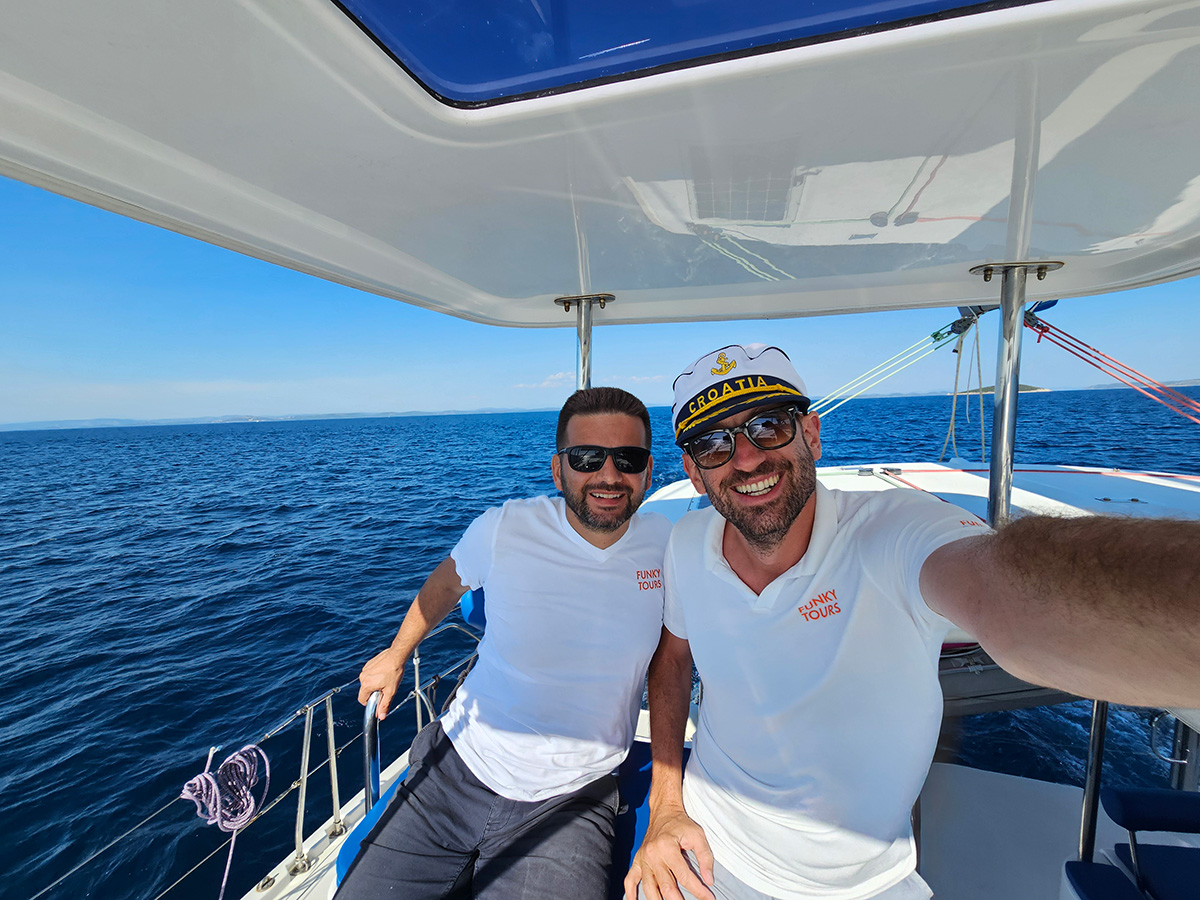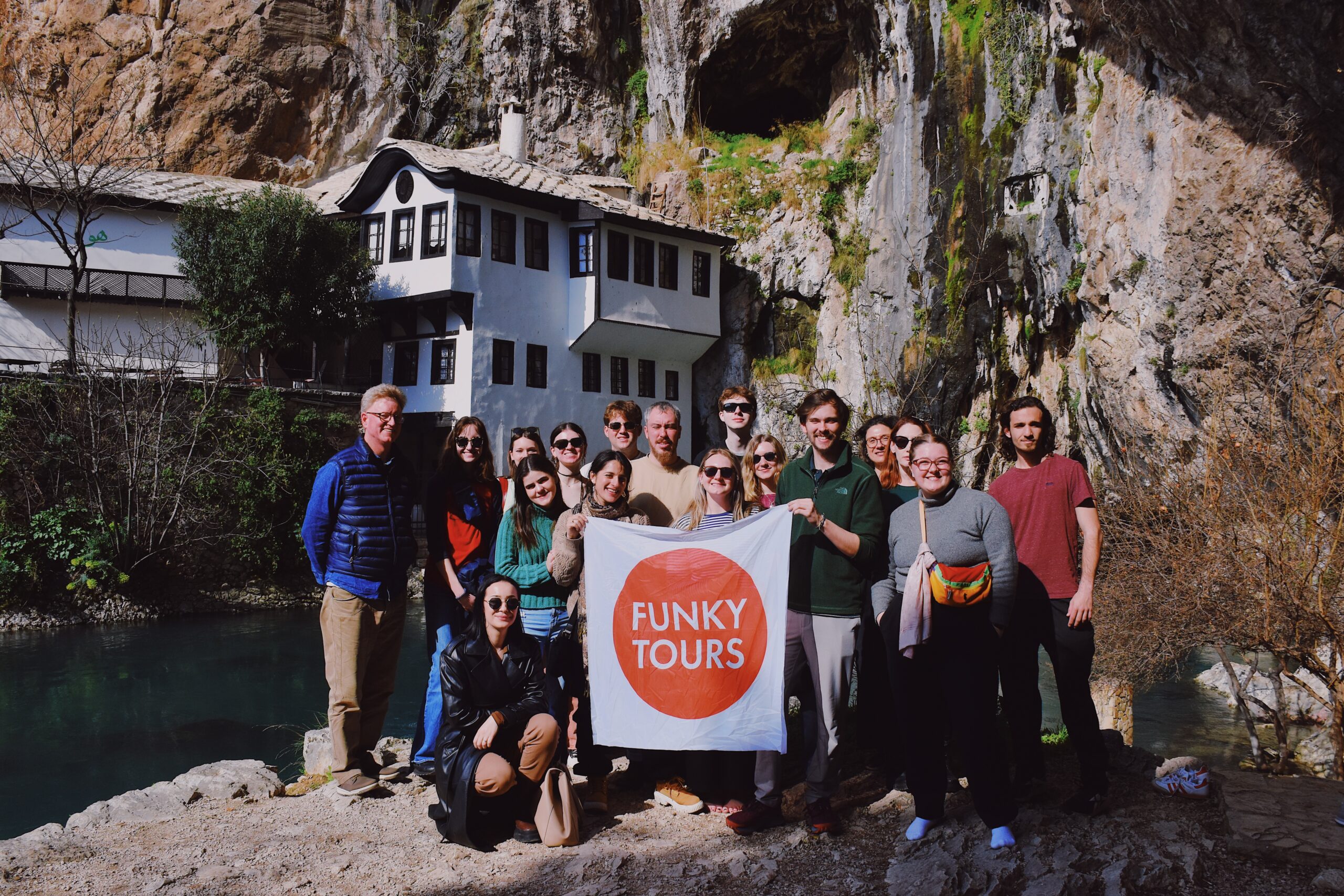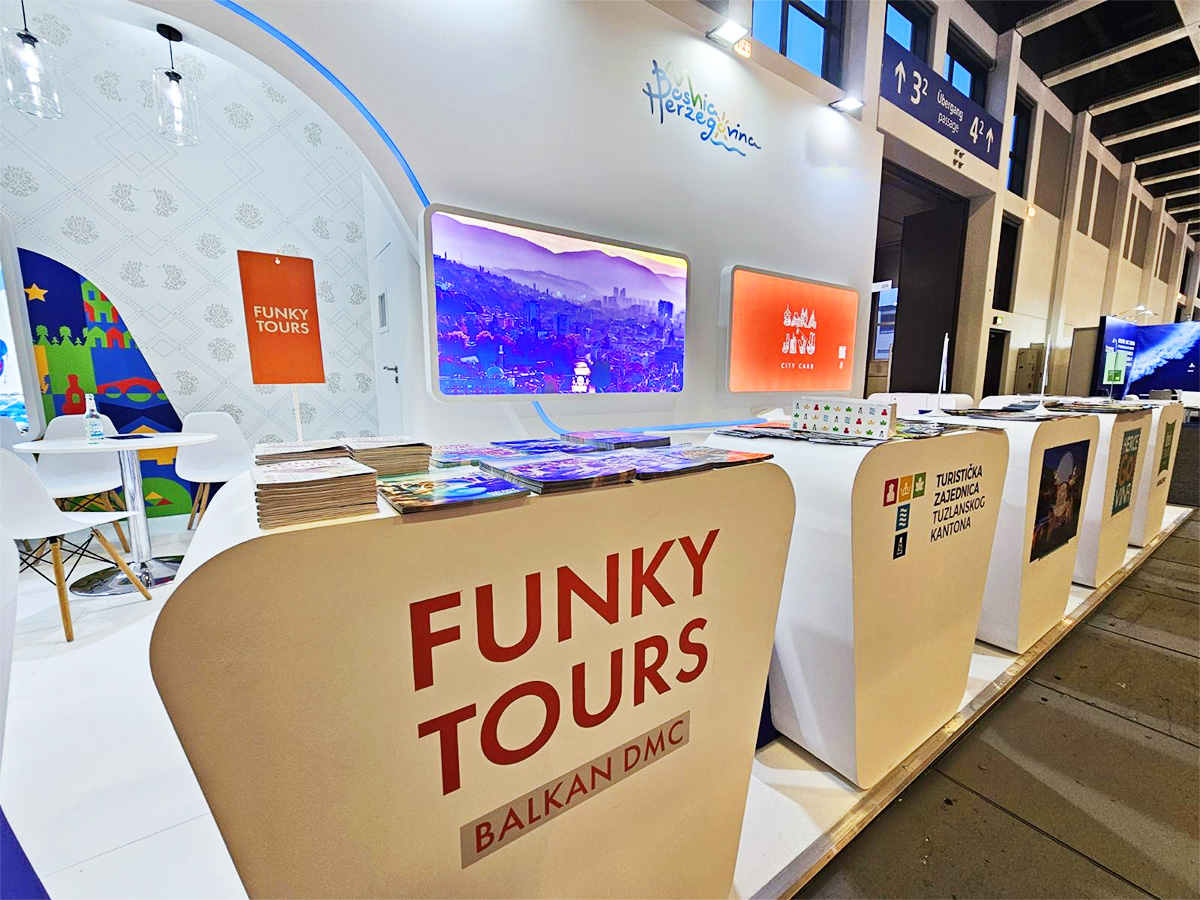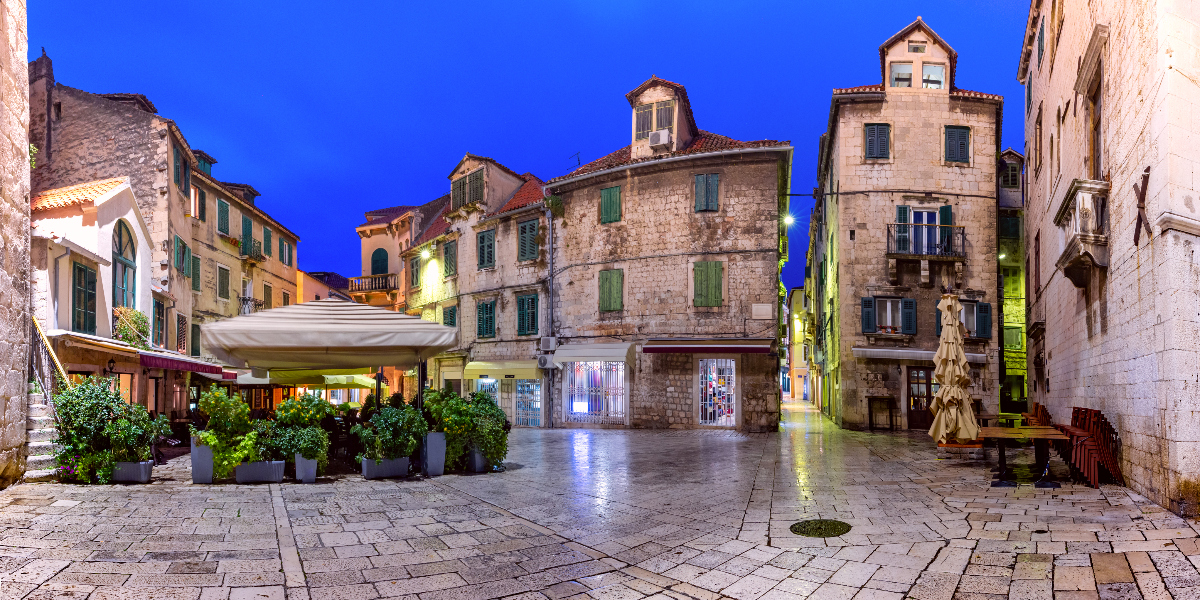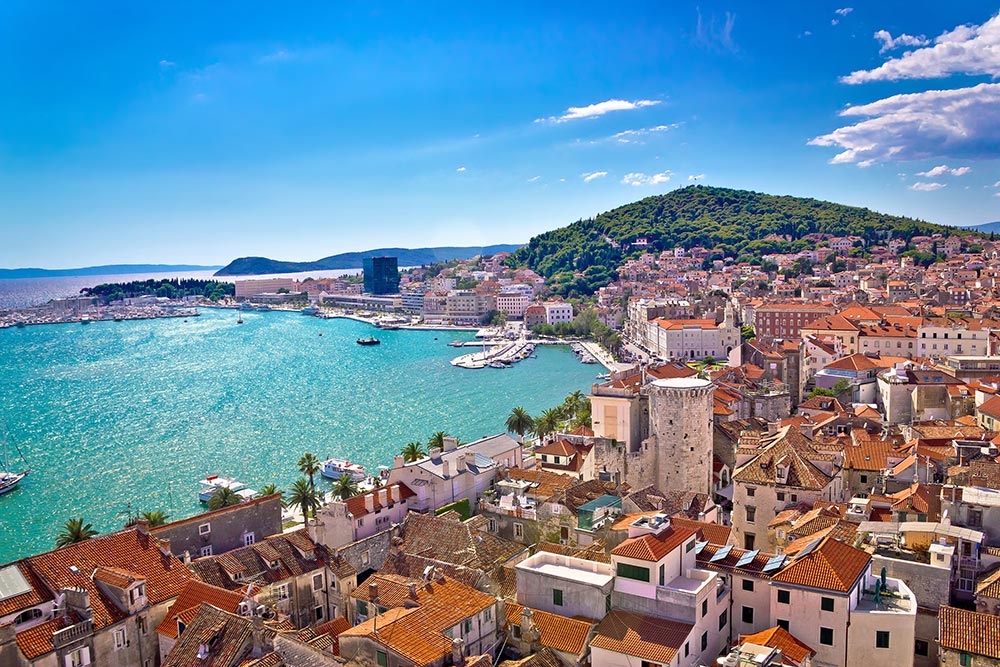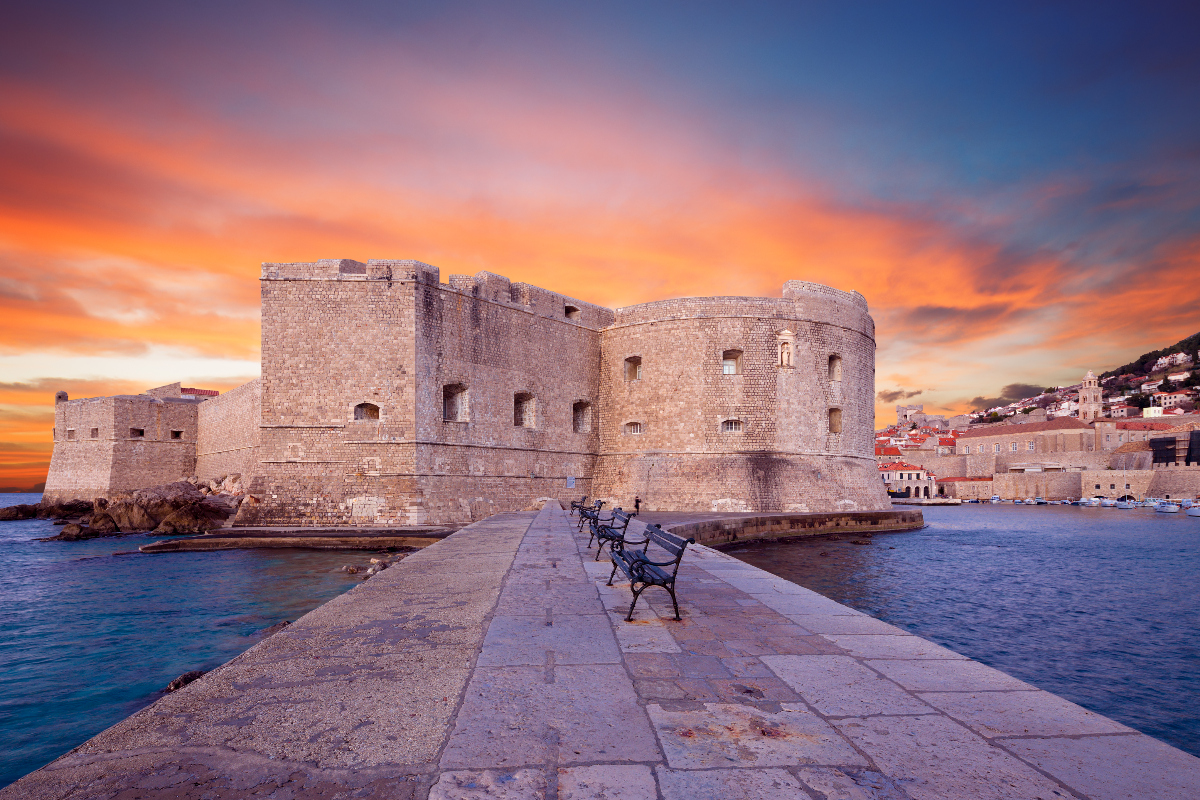Goražde War Story – The Heroic Art of Survival
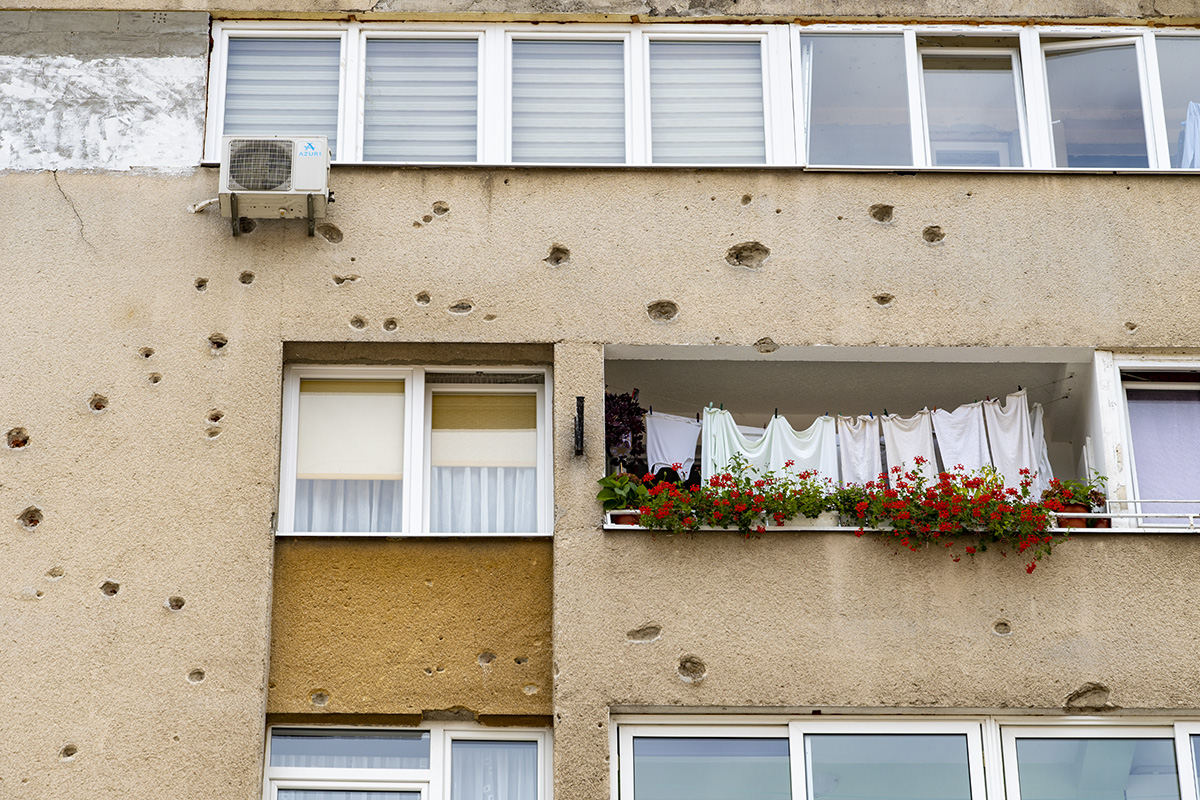
√ War in Bosnia was quite a heterogeneous violence, outspread throughout an entire country. East Bosnia, due to its territorial disconnection was in a specifically tough position.
√ Serb forces occupied Gorazde and kept it under the siege for 1336 days or 3,7 years (Between May 1992 and December 1995).
√ The massive destruction of Goražde became an instant reality and citizens were exposed to extensive shelling, sniping, and general terror.
√ The ingenuity of the people of Gorazde resolved the electricity shortages with so-called “ floating mini power plants” and, this way, saved the town and its citizens.
Most of the people who are paying a visit to Bosnia and Herzegovina are shyly admitting the first thing they relate our country to is the war. Can’t be mad at them, since the culture of remembering simply functions that way. In the present-days, especially having a tourist boom and significant increase in tourist arrivals (this relates to pre-coronavirus time), the topic of the war intrigues people in a lot of widely divergent levels.
Many tourists are interested in tragic, yet teachable and inspiring stories of Sarajevo, Mostar, or Srebrenica. The truth is that the war in Bosnia was quite a heterogeneous violence, outspread throughout an entire country. Many towns and cities went through ordeals way beyond the imagination. Amongst other areas, the region of East Bosnia was specifically in a tough position due to its territorial disconnection with the rest of the area officially controlled by the Bosnian army.
GORAZDE ENCLAVE AS A GENERAL PARADIGM OF THE BOSNIAN WAR
“Historical science” that dealt with war and violence in its focus, agreed long ago there is no such occurrence as a war that happens by accident. Therefore, according to that science and many Hague Tribunal court rulings, Serb forces occupied the town and kept it under siege for 1336 days or 3,7 years (Between May 1992 and December 1995). A crucial disadvantage for Goražde and two other east Bosnian enclaves was the aforementioned territorial disunion with the rest of the so-called “free territory”.
Logistic, humanitarian, military, and lots of other issues were an indescribable burden for everybody living in Goražde during that period. The real war backed up with inevitable bloodshed officially broke out on May 4, 1992, in Goražde. Following the unwritten rule we have had all around Bosnia at that time, a firing line was established within the town limits. Therefore, the massive destruction of Goražde became an instant reality. On the other side, citizens were exposed to extensive shelling, sniping, and general terror. This pattern was seen in every enclave, simply with the purpose to make living conditions unbearable.


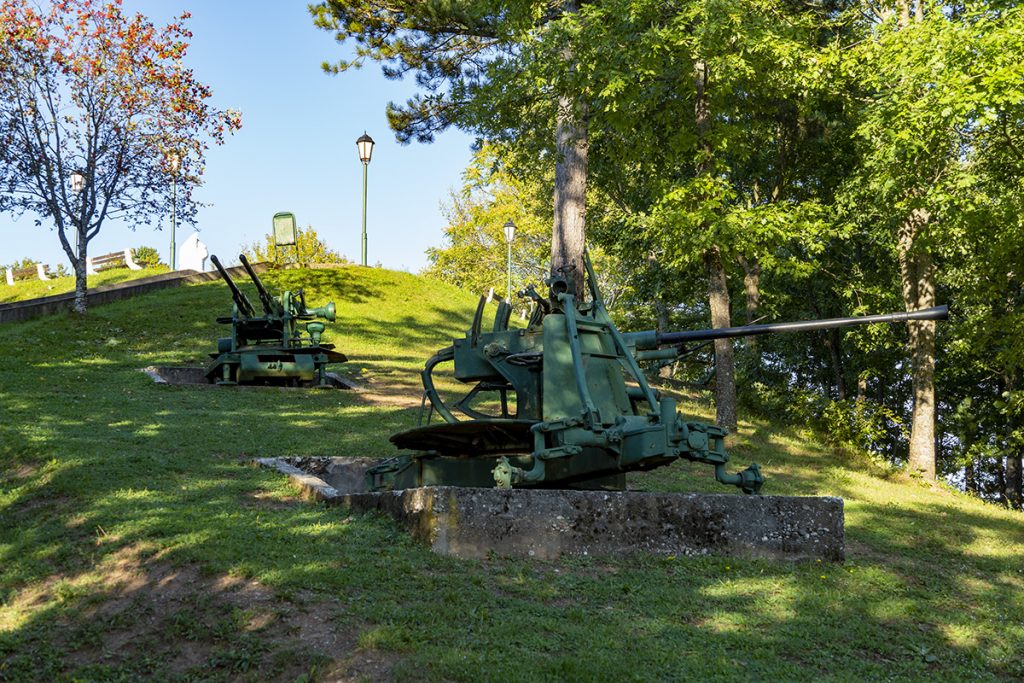
THE ART OF SURVIVAL
Citizens of Goražde have realized that misfortune never comes alone as soon as the first shell landed on the town. They had to cope with the shortages of electricity, tap water, central heating (in the town’s block of flats), etc. If we put these trials and tribulations aside, there was an always constant realistic threat of being killed by the sniper or tank/mortar shell.
Regarding the lack of proper arms and weapons, my father was mobilized in the army for the second time in his life. He, as most of the soldiers in the 1990’s wars, served YPA (Yugoslav People’s Army) beforehand. Unlike serving YPA back in the 1980s, at the beginning of the last war, the local Bosnian army military department couldn’t provide him with any kind of infantry weapon. When he asked his superior what he should do, he replied, “loot your war enemy’s weapon”. He was lucky enough that his immediate relative was a very skilled plumber who helped him (and many others in the first stage of the war)to make improvised plumbing pipe firearms. That piece of arms provided more like a sense of relief to him than realistic protection.
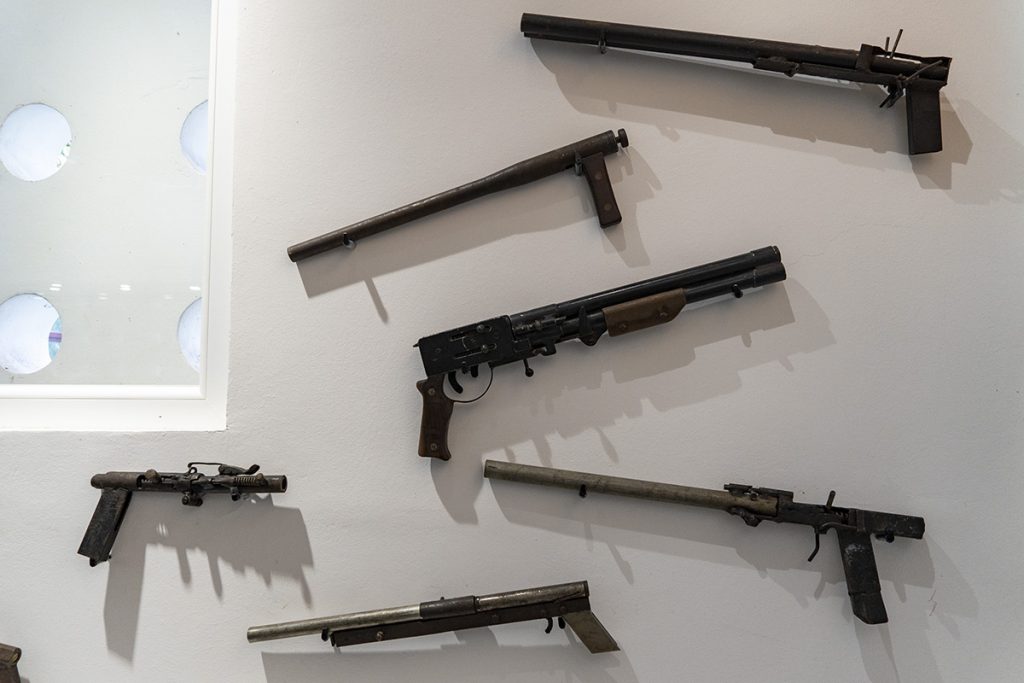
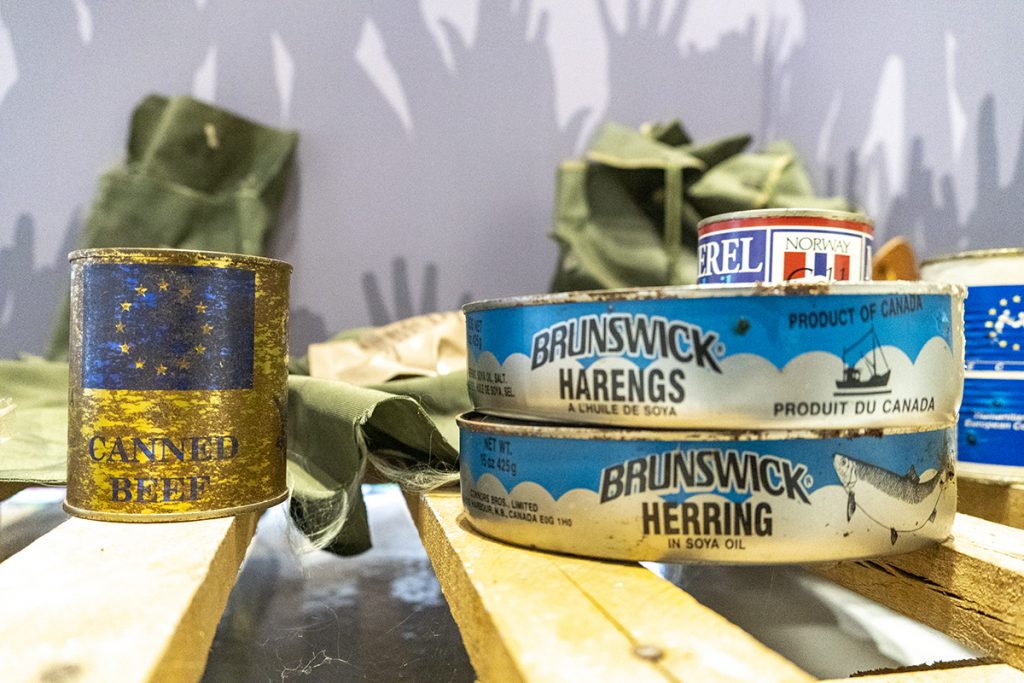
TRIBULATION PRODUCES INGENUITY THROUGH THE ENDURANCE
It is very demanding, quite ungrateful, to decide which moment or period of the war for roughly 60 thousand Goražde citizens was the most challenging. Such a verdict stands as very personal and subjective. Nevertheless, the ingenuity of the people exceeded sometimes rational possibilities. The electricity shortages were partially resolved at the acceptable level with so-called “ floating mini power plants”.
Originally patented by mechanic Juso Velić, later his concept was widely accepted amongst many people. It was clever, relatively simple, and most importantly feasible. When seeing a nurse in a hospital holding a lantern in one hand and a syringe, on the other hand, he felt compelled to help in some way. He applied his knowledge in electro-energetics to make a source of electricity and made it. His patent saved many lives, facilitated the Goražde ordeal, and would make Nikola Tesla proud of him.

Following the multiple examples of the art of survival, the obvious example of the war ingenuity sits under the main pedestrian bridge. After losing significant territories, and when the firing line got close to the town again in June 1993. and especially after the largest Serb military offensive in March/April 1994. Goražde citizens were again under the sniper range. The idea of making a relatively safe corridor connecting two riverbanks was actualised again.

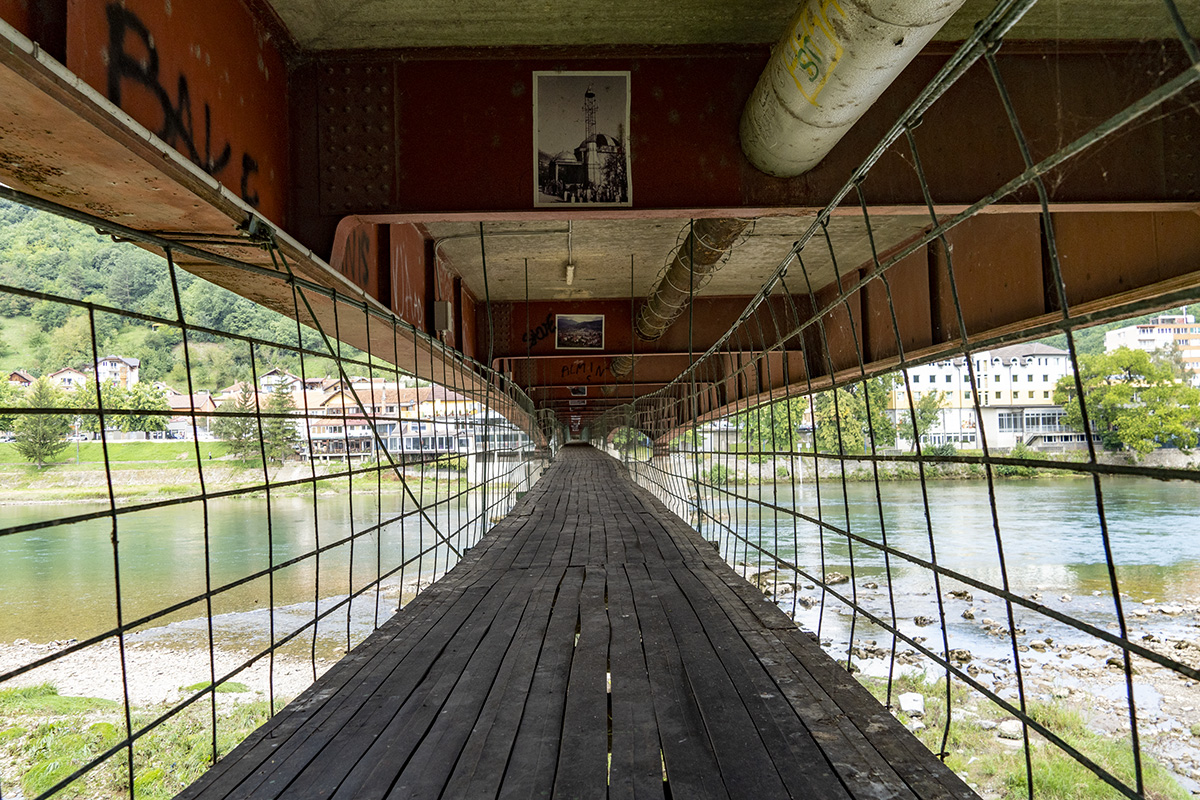
AFTERMATH OF SUFFERING
Goražde these days goes on with its local economy based on both private entrepreneurship and state ownership. Many former citizens are scattered abroad, many of them are living in Sarajevo, and many died. A lot of people who lived in Goražde surrounding towns, when expelled during the war from there, found their safe haven in Goražde and stayed there. Nowadays, one of the largest infrastructure construction projects in Bosnia is tied for Goražde in the first place, and subsequently for the rest of the East Bosnia region.
A tunnel Hranjen, meant to be the longest car tunnel in our country, will be 5,5 km long. In addition to the new car traffic road, a journey from Sarajevo to Goražde will be reduced from 95 km to 56 km. Car journeys will principally last 45 min instead of 1h:45min nowadays. A traffic proper connection will certainly contribute to the local development in numerous sectors.

to most of them and, later on disappeared from their hearts and memories. But the skin remembers.

